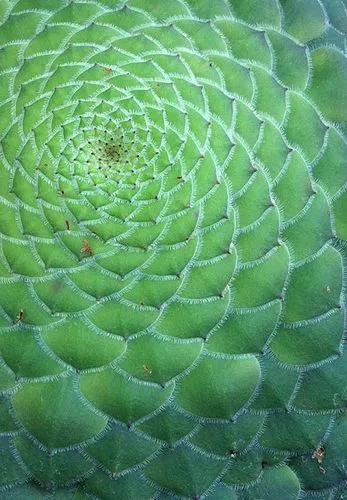The Sedeverias are intergeneric hybrids made from a cross between a Sedum sp. and an Echeveria sp. The crested form here described is of unknown parentage. It is a branching succulent which produces many nice crested stems from the base and seems to to change in and out of its crested mode during the years. X Sedeveria 'Blue Elf is a succulent plant that forms beautiful rosettes of blue-green leaves with a thick coating of powdery farina. The leaf tips can blush pink to burgundy, with the brightest colors showing when moderate stressed from direct sun, water shortage, or cold temperatures. What gives this hybrid its common name, "Harru Plant," are its beautiful bright yellow flowers that appear multiple times a year.
Sedeveria Hybrid Succulent Care
Sedeveria Hybrids 'blue Elf'



How to Care for the Plant

Water

Plant sedeveria succulents in well-draining soil in a sun-dappled location. After that, you can basically forget about them, other than to enjoy their year-round rosettes. Don't water your sedeveria plants too much and, in areas that get some rain, don't irrigate them at all.

Pruning

Trimming succulents grown in-ground outdoors is best done in early spring just before new growth begins; year-round tropical species can be pruned nearly any time the weather or indoor temperatures are warm. Prune flowering varieties while dormant in the winter, or soon after blooming.

Fertilizer

While fertilizing is not necessary, giving your plants the nutrients they need will help ensure proper growth and encourage blooms. It takes a lot of energy for plants to produce flowers, and feeding them extra nutrients will help supplement their needs during the flowering season. The most common recommendation is to fertilize during the active growing season, or during spring and summer months. Fertilizers are better applied at a quarter or half strength, about every two weeks. Refrain from fertilizing towards the end of the fall season and during winter months. A balanced blend of fertilizer diluted to half strength is suitable and commonly used. Fertilizer blends specially formulated for cacti and succulents are also suitable.

Sunlight

For small plants with exquisite rosettes, look at Sedeveria ‘Letizia.’ The delicate rosettes develop red edging under cool winter sunlight. Or for rosettes with noticeable red tones, look at Sedeveria ‘Sorrento.’ Both of these plants, like most succulents, tolerate drought well and grow in sun or light shade.

Soil

Plant sedeveria succulents in well-draining soil in a sun-dappled location. After that, you can basically forget about them, other than to enjoy their year-round rosettes. Don't water your sedeveria plants too much and, in areas that get some rain, don't irrigate them at all.

Temperature

As the leaves mature, they take on a thickened, padded appearance. Bright sun or very cool temperatures may cause individual leaves to take on a reddish tint.

Additional

Sedeveria plants are hybrids on sedum and echeveria, both of which are hardy, carefree succulents. If you want to grow Letizia sedeveria plants, think about light, since that’s the one absolute requirement of its care. Plant Letizia succulents in direct sun if you live near the coast, or light shade if your climate is warmer. The plants thrive outdoors in USDA plant hardiness zones 9 through 11 and are only very slightly frost tolerant. You might try putting your new sedeveria Letizia in a rock garden or with other succulents.

Popularity

731 people already have this plant 218 people have added this plant to their wishlists
Discover more plants with the list below
Popular articles






